
Catherine, Princess of Wales, has increasingly stepped into a role that extends beyond traditional royal duties, subtly but effectively shaping the future trajectory of the British monarchy. Her actions, decisions, and personal resilience offer a compelling blueprint for how the institution might adapt and thrive in an ever-evolving public landscape. As public scrutiny intensifies and expectations shift, her strategic approach provides a steady hand, blending established tradition with modern relevance.
Far from being merely a figurehead, the Princess of Wales is demonstrating a proactive and thoughtful engagement with her position, focusing on areas with profound long-term implications. Her recent personal journey through health challenges, coupled with significant family decisions, underscores a commitment to both her public responsibilities and the well-being of her family. This holistic engagement forms the bedrock of her influence, laying crucial groundwork for a resilient and relatable monarchy.
This in-depth examination delves into the multifaceted aspects of her evolving role, revealing how her personal experiences and strategic initiatives are intrinsically linked to the monarchy’s enduring relevance. We explore the critical areas where her influence is most keenly felt, from her personal fortitude to her significant impact on public perception and social policy, highlighting the profound ways she is contributing to the Royal Family’s contemporary narrative and future legacy.
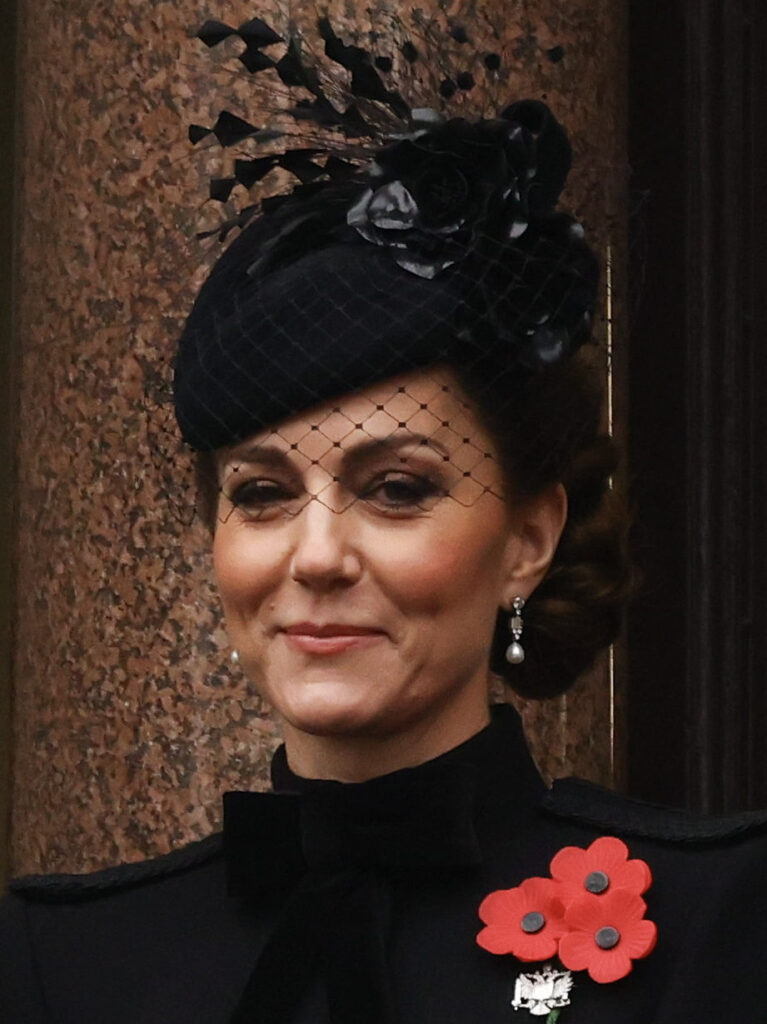
1. A Resilient Return: The Princess of Wales’s Health Journey and Renewed Commitment
The Princess of Wales made a poignant return to public life at Trooping the Colour in June, a significant moment marking her gradual re-engagement with royal duties. This appearance followed a period of intense public concern and speculation, which had begun with an announcement in January that she had undergone planned abdominal surgery for an undisclosed condition. Her subsequent revelation in March, via a video message, that post-operative tests had found cancer and she had begun chemotherapy in late February, had brought widespread public empathy and support.
In September, a further announcement confirmed the end of her chemotherapy and her clear intention to resume duties, albeit without a full return to her previous schedule. The comprehensive nature of her recovery was underscored in January 2025, when, following a visit to the Royal Marsden Hospital where she had received treatment, Catherine confirmed she was in remission from cancer. This transparent, albeit carefully managed, sharing of her personal health battle marked a notable departure from previous royal traditions, fostering a deeper connection with the public.
This journey through a serious health challenge, navigated under immense public scrutiny, has profound implications for her role and the monarchy as a whole. It showcases not only immense personal resilience and fortitude but also a steadfast commitment to duty even through the most challenging personal circumstances. By publicly acknowledging her struggle and recovery, Catherine has helped to humanise the Royal Family, potentially shifting public perception of vulnerability and fostering greater empathy. This openness positions her as a modern royal leader who confronts personal and public challenges with remarkable grace and strength, setting a powerful precedent for future generations of royals in an increasingly transparent world. Her ability to return to her duties with renewed purpose, having faced such a significant personal battle, reinforces her image as a dedicated and unwavering figure within the institution.
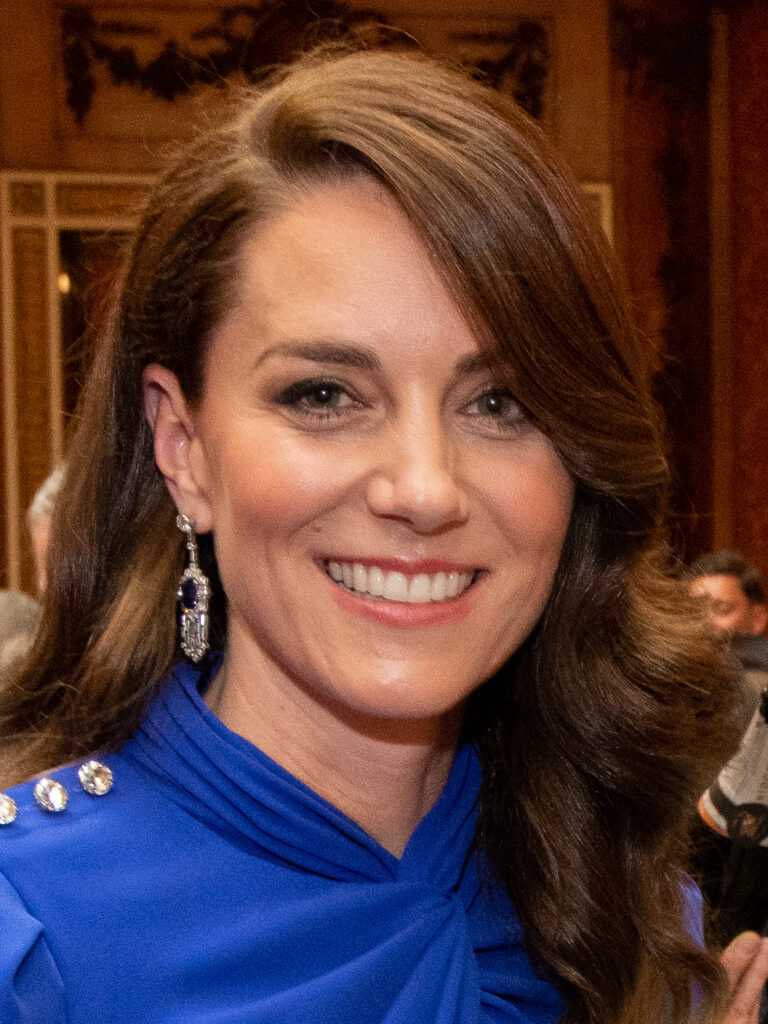
2. A New Chapter: The Strategic Relocation to Forest Lodge
The Wales family is embarking on a significant new chapter with their confirmed move to Forest Lodge, an eight-bedroom home on the Windsor Castle estate, later this year. This relocation was officially confirmed by a Kensington Palace spokesperson on August 18, signalling a clear intention for a fresh start. The move comes after three years residing at Adelaide Cottage, a four-bedroom residence also located on the Windsor grounds, where they had aimed to escape the hustle and bustle of London and raise their three children – Prince George, Princess Charlotte, and Prince Louis – as normally as possible.
Forest Lodge represents a notable upgrade in both size and historical significance. The property is described as a 328-year-old, eight-bedroom listed Georgian mansion situated inside Windsor Great Park. It boasts impressive architectural features including red bricks, Venetian windows, marble fireplaces, and stucco mouldings, along with an entrance hall featuring a barrel-vaulted ceiling. Beyond the main residence, the estate offers extensive amenities such as an outdoor swimming pool, tennis courts, and 58 acres of land, encompassing lakes, stables, and a rose garden. Owned by King Charles’s Crown Estate, experts estimate its value to be over $20 million, underscoring its grandeur and strategic importance.
This move is driven by a desire for a fresh start following several years marked by personal tragedies and challenges. A royal source conveyed to the BBC that the relocation offers “an opportunity to leave some of the more unhappy memories behind.” This sentiment is particularly poignant given the recent loss of Queen Elizabeth II in September 2022, King Charles’s diagnosis with cancer, and Catherine’s own cancer journey. The move provides not only a change of scenery but also a symbolic new beginning for the family, aiming to foster positive new memories and solidify their base away from some of the more intense pressures of public life.
The strategic implications of this move are considerable, especially regarding the long-term future of royal residency. British media reports suggest that Forest Lodge could even serve as the family’s permanent home should William become king, particularly as King Charles III himself is reportedly “no fan of ‘the big house,’ as he calls the palace,” referring to Buckingham Palace. This potential shift away from Buckingham Palace as the monarch’s primary residence, following extensive renovations, could set a new precedent for how future monarchs choose to live. It reinforces Catherine and William’s commitment to raising their children in a more private, yet still suitably grand, environment, ultimately shaping a modern model of royal family life that prioritizes both duty and domestic stability.
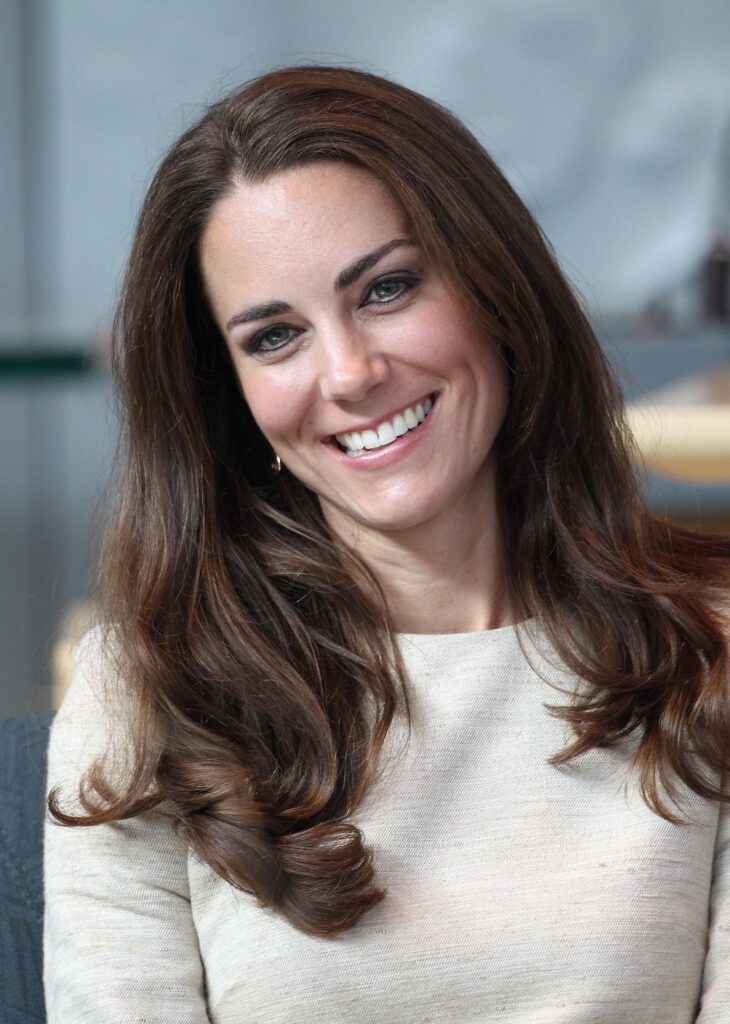
3. Championing Early Childhood: A Core Pillar of Influence
Catherine, Princess of Wales, has consistently distinguished herself through a profound and sustained commitment to early childhood care, an area explicitly highlighted as a primary focus of her charity work. This is not merely one among many patronages but rather a foundational pillar of her public life, demonstrating a strategic understanding of where her influence can yield the most impactful and long-lasting societal benefits. Her dedication to this field underpins much of her advocacy and public engagement, reflecting a belief in the transformative power of early years development.
The significance of this focus cannot be overstated in terms of its potential for societal change and its alignment with a modern monarchy’s evolving role. By championing early childhood development, Catherine addresses fundamental societal issues at their genesis, influencing future generations from the earliest stages of their lives. This strategic investment in society’s youngest members is geared towards fostering a healthier, more resilient, and ultimately more prosperous population. Such an approach demonstrates foresight, positioning the Royal Family as an active participant in promoting long-term national well-being and social cohesion, rather than simply reacting to existing problems.
Her work in early childhood care is channelled through various initiatives and patronages, most notably through the Royal Foundation, which she shares with Prince William. While specific projects within this domain are not always explicitly detailed in every news report, her biography consistently marks it as a primary focus, indicating a sustained and deeply ingrained commitment to the cause. This continuous engagement allows her to drive public awareness, influence policy discussions, and support research in a critical area that impacts national health, education, and social mobility.
Through this dedicated work, the Princess of Wales is shaping a legacy that extends far beyond ceremonial duties. She is advocating for preventative strategies that build stronger communities and more capable individuals, thereby indirectly strengthening the fabric of society. This strategic focus on foundational human development allows her to exert a profound and positive influence, demonstrating how the monarchy can contribute meaningfully to contemporary social challenges and secure its relevance for decades to come. Her consistent advocacy highlights a proactive model of royal engagement, one that seeks to create lasting change from the ground up.
Read more about: Sallie Bingham, Author, Feminist, and Catalyst in a Media Dynasty’s Demise, Dies at 88
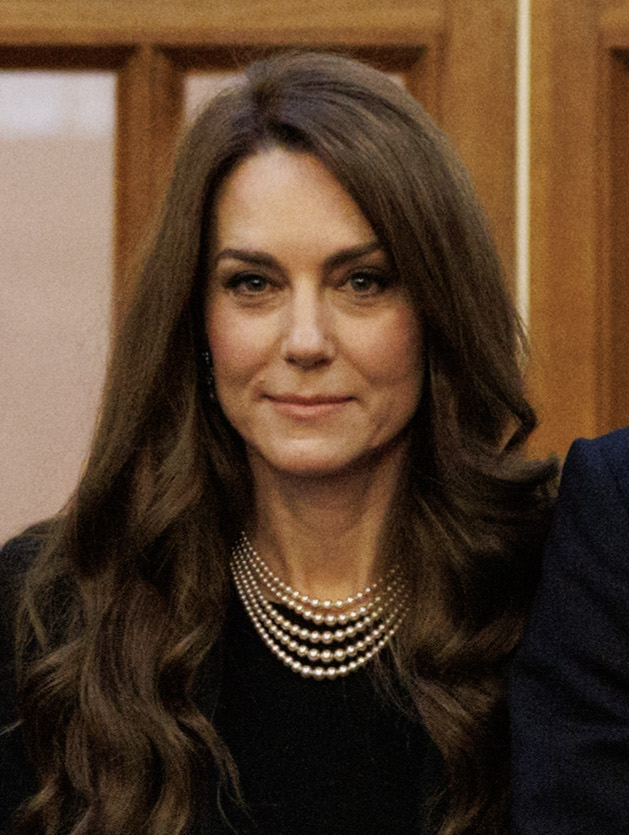
4. Breaking Barriers: The Impact of ‘Heads Together’ on Mental Health Awareness
Catherine, Princess of Wales, played a pivotal role in spearheading the “Heads Together” campaign, an initiative born from her vision to encourage people across the nation to openly discuss their mental health problems. Launched in April 2016 alongside Prince William and his brother Prince Harry, this campaign represented a significant and highly public effort to dismantle the pervasive stigmas surrounding mental illness. It marked a courageous step for members of the Royal Family to address such a sensitive and often overlooked public health issue directly and personally.
The campaign’s impact was immediate and profound, resonating deeply within the United Kingdom and beyond. For senior royals to openly champion mental health awareness was groundbreaking, challenging long-standing societal taboos and encouraging a more open dialogue on a subject that had historically been shrouded in silence. It effectively positioned the monarchy as a progressive force for social change, demonstrating a willingness to engage with deeply personal and relatable areas of public concern. This initiative helped to normalise conversations about mental well-being, suggesting that it is acceptable, and indeed necessary, to seek support and discuss emotional struggles.
“Heads Together” exemplifies Catherine’s proactive approach to her royal duties, moving beyond traditional patronage to actively initiate and drive campaigns designed to fundamentally alter public discourse and behaviour. Rather than merely lending her name to existing causes, she co-created and championed an initiative that sought to make a tangible difference in people’s lives. This model of active engagement and advocacy signals a potential future direction for royal philanthropy, one that is characterised by a focus on broad societal impact and the creation of new platforms for addressing critical social issues.
Through “Heads Together,” the Princess of Wales showcased her capacity to use her platform for meaningful social good, demonstrating leadership in an area that directly affects millions. The campaign has undoubtedly contributed to a greater understanding and acceptance of mental health challenges across diverse communities. This pioneering work has not only strengthened the Royal Family’s connection with the public but also laid down a marker for how future generations of royals might engage with contemporary issues, focusing on genuine, impactful advocacy that resonates on a personal level with citizens.

5. Navigating Scrutiny: The Princess of Wales’s Approach to Media and Privacy
The relationship between Catherine, Princess of Wales, and the media has been a subject of intense and continuous scrutiny throughout her public life. Her biography explicitly highlights her consistent efforts to maintain privacy amidst significant media attention and widespread public interest. This ongoing negotiation between public duty and personal space is a critical aspect of her strategy for the future of the Royal Family, defining how the monarchy interacts with an increasingly intrusive media landscape and a digitally connected global audience.
Maintaining this delicate balance presents a unique set of challenges. As a prominent member of the British royal family and the wife of the heir apparent, public and media interest in her life, and particularly that of her children, is immense and often unrelenting. Yet, safeguarding the privacy of her family, especially Prince George, Princess Charlotte, and Prince Louis, is paramount. This protection is crucial for enabling them to be raised “as normally as possible,” shielded from the relentless scrutiny that can accompany life in the royal spotlight. Her commitment to a degree of normalcy for her children underpins many of her choices regarding public appearances and media access.
Catherine’s considered approach to media engagement carries significant long-term implications for future generations of royals. By selectively sharing information and steadfastly protecting private moments, she contributes to a model where public duty can thoughtfully coexist with a protected private life. This framework is essential for the institution’s long-term sustainability and, crucially, for the mental health and well-being of its members. It sets a precedent for how future royals might draw boundaries, ensuring that while they serve the public, they also retain fundamental rights to personal space and family life.
Her navigation of this complex terrain demonstrates a strategic understanding of the need to adapt to modern media realities while preserving the dignity and integrity of her family. This careful management of her public image and private life is a vital component of her broader effort to modernise the monarchy. By setting clear parameters, she is helping to forge a path for a royal family that is both accessible and protected, ensuring its appeal and resilience in an era where privacy is increasingly scarce.
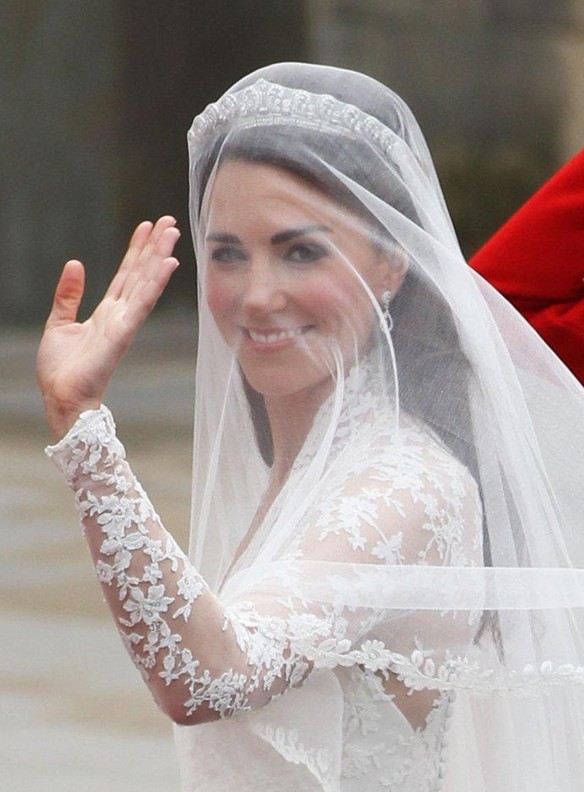
6. The ‘Kate Middleton Effect’: A Powerful Cultural Resonance
The phenomenon widely known as the “Kate Middleton effect” has been a consistent feature of her public presence, with media outlets frequently referring to her significant impact on both British and American fashion. This influence extends far beyond the realm of haute couture, demonstrating her unique capacity to connect with the public and drive trends, thereby modernising the perception of the royal image through accessible and aspirational style choices. It is a powerful, yet understated, form of soft power.
The “Kate Middleton effect” is observed in the rapid sales and surging public interest that follow her wearing a particular garment or accessory. The provided context offers several vivid illustrations of this phenomenon: her “sassy 3.5-inch stilettos” were noted for becoming the “coolest new shoe trend”; her “unseen chocolate outfit” earned her the title of “2025’s autumn fashion queen” in an Alexander McQueen and Lalage Beaumont ensemble; and a “stylish £40 lookalike of classic Princess Kate dress” landing at M&S underscored the widespread desire to emulate her style at various price points. Furthermore, her ‘country girl chic’ look earned approval from HELLO! readers “by a landslide,” demonstrating popular endorsement of her aesthetic choices.
The broader implications of this cultural resonance are profound for the Royal Family. This consistent influence demonstrates Catherine’s distinctive ability to engage and impact the general public on a deeply personal and cultural level. It serves to modernise the royal image, making it appear relatable, aspirational, and highly accessible to a diverse audience. By embodying a style that is both elegant and often attainable, she bridges the gap between royalty and everyday life, fostering a sense of connection and identification with the institution.
This soft power, wielded effectively through her personal style and public persona, is a powerful and subtle tool for maintaining popular appeal and ensuring the continued relevance of the Royal Family. In an increasingly fashion-conscious and image-driven world, Catherine’s ability to influence trends and command positive public attention through her choices reinforces the monarchy’s contemporary standing. Her aesthetic choices are not merely sartorial preferences; they are strategic expressions of an evolving royal identity, designed to resonate with and capture the imagination of a modern global audience.
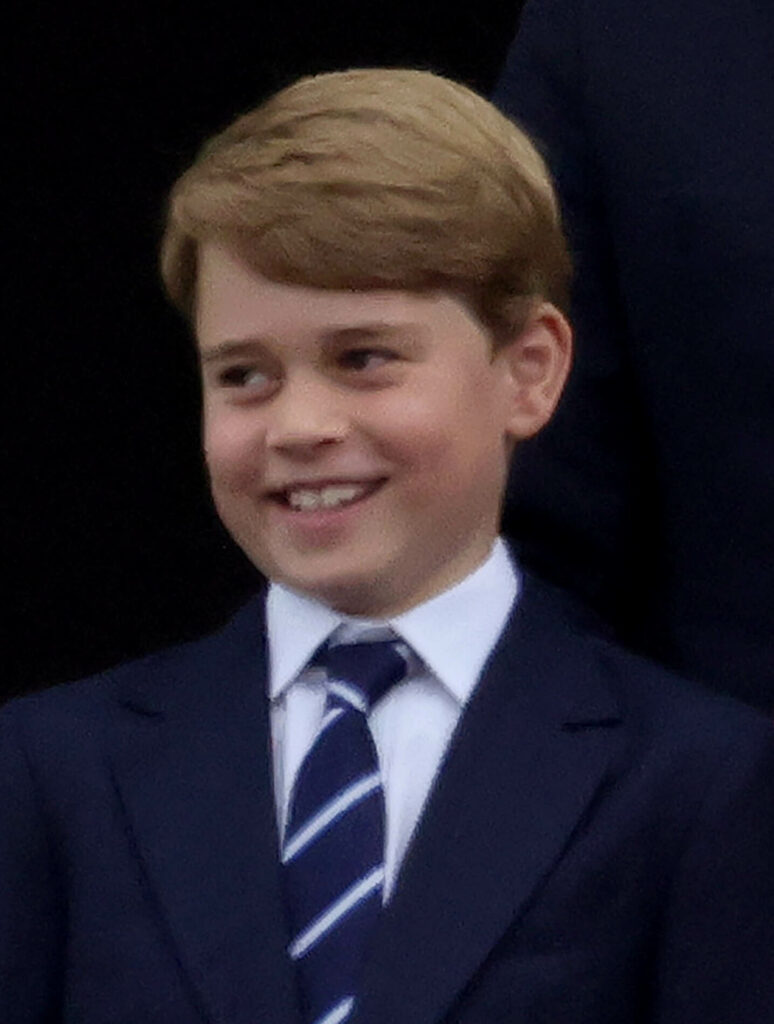
7. Nurturing the Next Generation: Royal Children’s Upbringing and Hobbies
The strategic approach taken by Catherine, Princess of Wales, to the upbringing of her children — Prince George, Princess Charlotte, and Prince Louis — forms a crucial element of her vision for the Royal Family’s future. A central objective for the Wales family has been to raise their children “as normally as possible,” a consistent theme reiterated throughout their residence at both Adelaide Cottage and the forthcoming Forest Lodge. This commitment underscores a deliberate effort to shield the youngest royals from the relentless public scrutiny that can often accompany their unique position.
The family’s choice of residences, particularly their move to the Windsor Castle estate, reflects a desire for a more private environment away from the intense pressures of central London. This geographical shift, combined with careful management of public appearances, provides a framework within which the children can experience a childhood that balances royal duties with a degree of conventionality. By prioritising their well-being and development in a relatively private setting, the Princess of Wales is subtly influencing the template for how future generations of royals might be brought up, fostering resilience and a strong family unit.
Insights into the children’s lives, though carefully curated, reveal a dedication to fostering a varied and engaging upbringing. Prince Louis, for instance, has developed a distinct passion for collecting chestnuts, or “conkers,” which his mother observed are found “everywhere” in their home, from cupboards to his bed. This seemingly simple detail offers a glimpse into a childhood where everyday activities and natural curiosities are encouraged, resonating with a broader public keen to see relatable aspects within the royal sphere.
Beyond collecting, the children are actively engaged in sports and creative pursuits. Prince Louis, aged six, has reportedly begun playing touch rugby, while his older brother, Prince George, aged 11, participates more actively in the sport. Prince William humorously noted his youngest son’s burgeoning interest in the drums, quipping that he spends “most of my time with my fingers in my ears.” These anecdotes highlight a family life that promotes physical activity, artistic expression, and normal childhood development, all while preparing them for their eventual public roles.
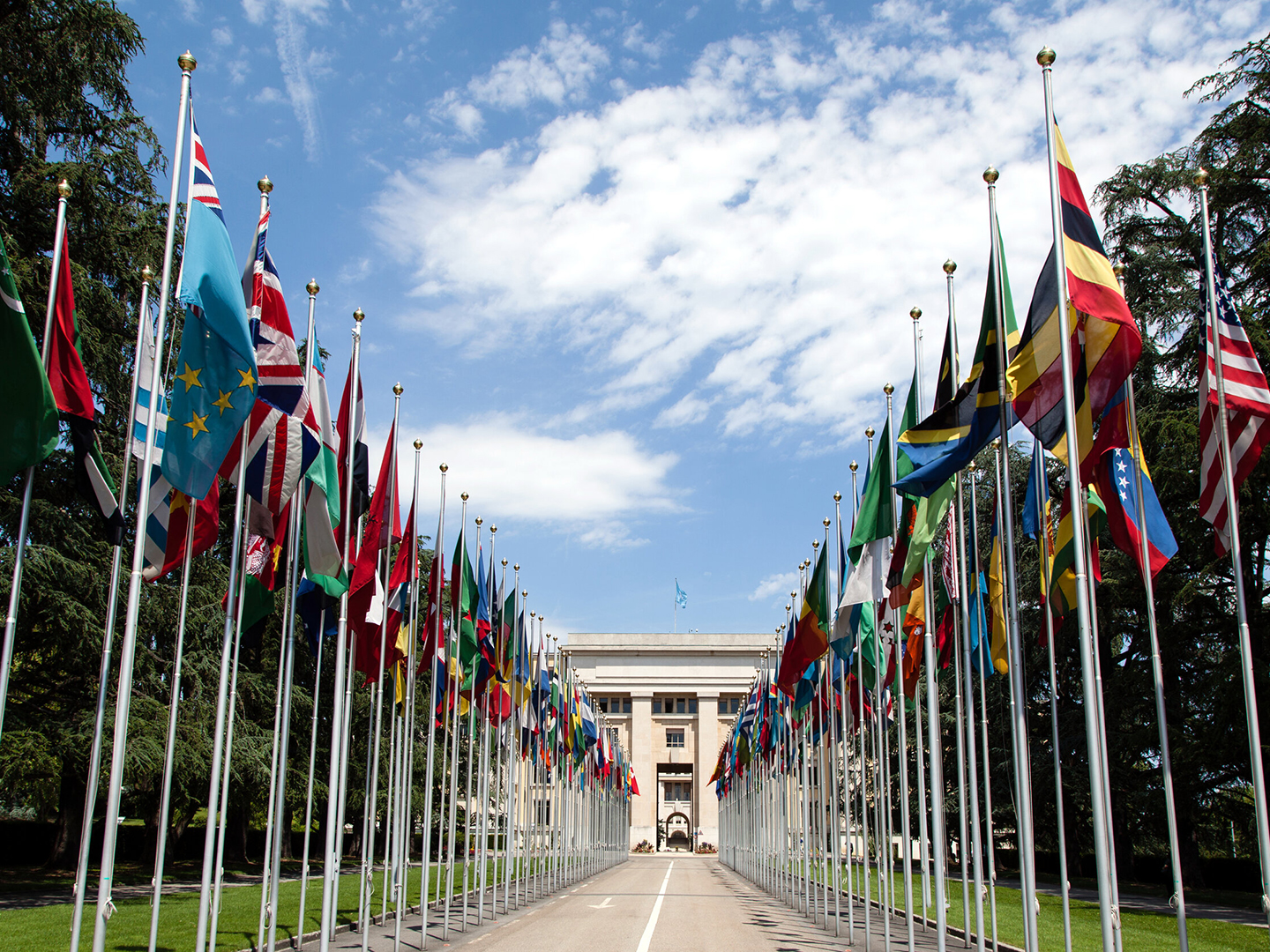
8. Strategic Diplomacy: State Visits and International Relations
Catherine, Princess of Wales, has increasingly demonstrated her aptitude for strategic diplomatic engagement, playing a vital role in high-level state visits that reinforce the UK’s international relationships. A notable example was the state banquet held at Windsor Castle in September for United States President Donald Trump and First Lady Melania Trump. On this significant occasion, the Princess of Wales donned a custom Phillipa Lepley couture floor-length silk gown, complemented by a hand-embroidered gold Chantilly lace evening coat, and notably wore the Lover’s Knot Tiara, a piece with profound historical significance.
Her prominent seating arrangement at the banquet, positioned between King Charles and President Trump, underscored her crucial role in these diplomatic settings. This placement is not merely ceremonial but reflects her growing importance in fostering international goodwill and presenting a cohesive, stable image of the British monarchy to global leaders. The event, attended by 160 guests including high-profile figures from the US government and leading CEOs, showcased the Princess’s ability to navigate formal diplomatic environments with grace and authority.
Further illustrating her adaptable approach to international engagement, the Princess of Wales undertook a joint outing with First Lady Melania Trump on the second day of the state visit. This engagement, set in the gardens of the Frogmore estate, involved interaction with young members of a UK scouting group, the Squirrels, for nature and craft activities. The shift to a more casual setting, with both women opting for “suede jackets, light-colored pants or long brown flared skirts,” highlighted a personable and approachable facet of royal diplomacy, demonstrating an ability to connect on a human level beyond formal protocols.
During this joint engagement, the Princess of Wales engaged in conversation with the children and even shared insights into her son Prince Louis’s passion for collecting “conkers.” This interaction, observed by Melania Trump, fostered a “warm and friendly relationship” between the two women and provided a relatable moment that humanised the royal role in international relations. Such carefully managed public appearances serve to strengthen diplomatic ties, project a modern image of the monarchy, and underscore Catherine’s capacity as a key figure in Britain’s global outreach.
Read more about: High-Stakes Diplomacy: Trump Envoy Meets Putin Amid Looming Sanctions, With Progress Cited But No Breakthrough on Ukraine War

9. Proactive Social Campaigns: Safeguarding Children’s Futures
Building upon her established commitment to early childhood development, Catherine, Princess of Wales, has actively embraced proactive social campaigns aimed at directly safeguarding children’s futures. While her work through the Royal Foundation often focuses on foundational well-being, her engagement in specific safety initiatives illustrates a pragmatic expansion of her influence, addressing immediate and tangible risks faced by young people. This multifaceted approach reflects a comprehensive understanding of children’s needs, extending from early development to physical safety.
An example of this focused intervention is the “vital plans to keep children safe” initiative, which saw the Prince and Princess of Wales collaborate with former Strictly star and Olympian Tom Dean. This partnership specifically aimed to protect children from the danger of drowning, addressing a critical public health concern with a targeted campaign. Such collaborations leverage the profiles of both royals and public figures to amplify important safety messages, reaching wider audiences and potentially saving lives.
These direct safety campaigns distinguish themselves from broader developmental initiatives by tackling specific, preventable dangers. By focusing on practical interventions, the Princess of Wales demonstrates a commitment to immediate, measurable impact in communities. Her involvement signals to the public that the Royal Family is not only concerned with long-term societal improvements but also with ensuring the fundamental safety and security of children in their daily lives, providing an accessible model of proactive engagement.
The Princess’s willingness to champion such specific causes underscores her dedication to impactful advocacy. Rather than merely lending her name, she actively participates in initiatives designed to bring about concrete change. This hands-on approach to social campaigning allows her to foster connections with diverse organizations and experts, reinforcing the monarchy’s role as a catalyst for positive societal action and demonstrating a modern, responsive model of royal philanthropy that directly contributes to national well-being.

10. Academic Pedigree: Fostering an Intellectual Monarchy
Catherine, Princess of Wales, possesses a notable academic background that subtly yet significantly contributes to her influential public persona and approach to her royal duties. Educated at esteemed institutions such as St Andrew’s School, Marlborough College, and the University of St Andrews, her intellectual grounding is a distinguishing feature. She earned an undergraduate Master of Arts (2:1 Hons) in art history from the University of St Andrews in 2005, a testament to her academic capabilities and dedication.
Her attendance at the University of St Andrews is particularly significant, as it was there she met Prince William in 2001, forging a personal and academic partnership that would later define much of her public life. This shared educational experience at a prestigious Scottish university not only provided a foundation for their relationship but also for their intellectual compatibility, both being graduates of a respected academic environment. Their alma mater has since received prestigious honours, reflecting a standard of excellence with which they are both associated.
While specific “intellectual contributions” in terms of published works are not the typical purview of modern royals, her educational pedigree provides a strong undercurrent to her public role. Her degree in art history, for instance, informs her patronages, such as the National Portrait Gallery, and likely enhances her appreciation for culture and heritage during engagements. This intellectual depth allows her to engage more thoughtfully with a diverse range of topics and individuals, projecting an image of a well-informed and considered royal figure.
The emphasis on her educational background helps to define a modern monarchy that values intellectual engagement and informed perspectives. In an era where public figures are increasingly scrutinized for their qualifications and understanding of complex issues, the Princess of Wales’s academic foundation offers an authoritative underpinning to her advocacy. It positions her as a thoughtful leader, capable of nuanced understanding, thereby enriching the perception of the Royal Family’s collective intellectual capital and its capacity for substantive engagement.
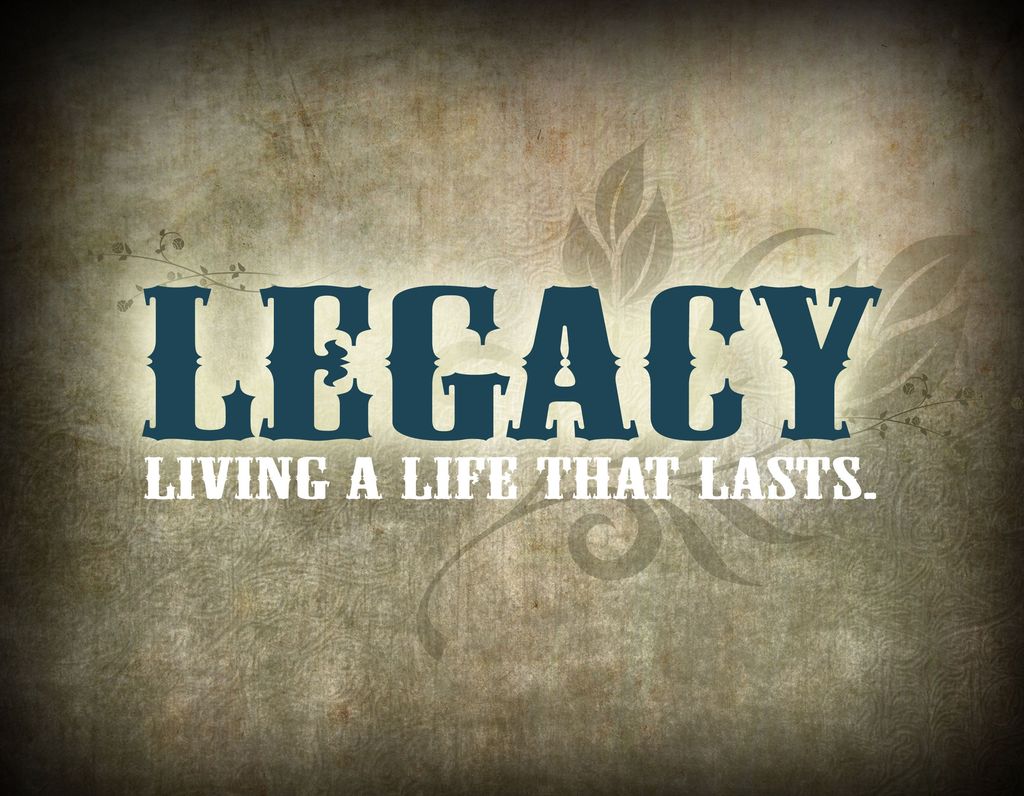
11. Upholding Royal Legacy: Continuity and Modern Adaptation
The Princess of Wales expertly navigates the delicate balance between upholding established royal traditions and embracing modern adaptations, thereby ensuring the monarchy’s enduring relevance. A poignant example of this continuity is her engagement with the Women’s Institutes (WI), an organisation with which Queen Elizabeth II shared an “enduring relationship,” having been a member for 80 years and President of the Sandringham WI from 2003 until her death. Catherine’s visit to the National Federation of Women’s Institutes in Sunningdale, commemorating the third anniversary of the Queen’s death, respectfully reinforced this significant royal connection.
During formal engagements, Catherine consistently pays homage to royal legacy through her sartorial choices and adherence to tradition. At the state banquet for Donald Trump, her decision to wear the Lover’s Knot Tiara and an assortment of ceremonial sashes was a powerful visual statement. The Lover’s Knot Tiara, a piece famously worn by Diana, Princess of Wales, connects Catherine directly to the past while simultaneously asserting her current position as a key figure within the modern institution, symbolizing both continuity and her personal journey within the royal narrative.
Further demonstrating this blend of tradition and modernity is the strategic decision regarding future royal residences. While Buckingham Palace has historically served as the monarch’s primary residence, reports suggest King Charles III himself is “no fan of ‘the big house’” and may opt to open it to the public rather than reside there permanently. This sentiment, coupled with the Wales family’s confirmed move to Forest Lodge, an eight-bedroom listed Georgian mansion on the Windsor Castle estate, signals a potential shift. British media reports indicate Forest Lodge could become their permanent home, even if William becomes king.
This potential move signifies a notable adaptation of royal living, prioritizing family privacy and domestic stability within a grand yet less formal setting. It respects the historical significance of Buckingham Palace by potentially opening it more to the public, while forging a new path for future monarchs that balances public duty with personal preferences. Catherine’s active participation in these decisions positions her as a thoughtful contributor to the evolving physical and symbolic landscape of the British monarchy, securing its future by adapting its very foundations.
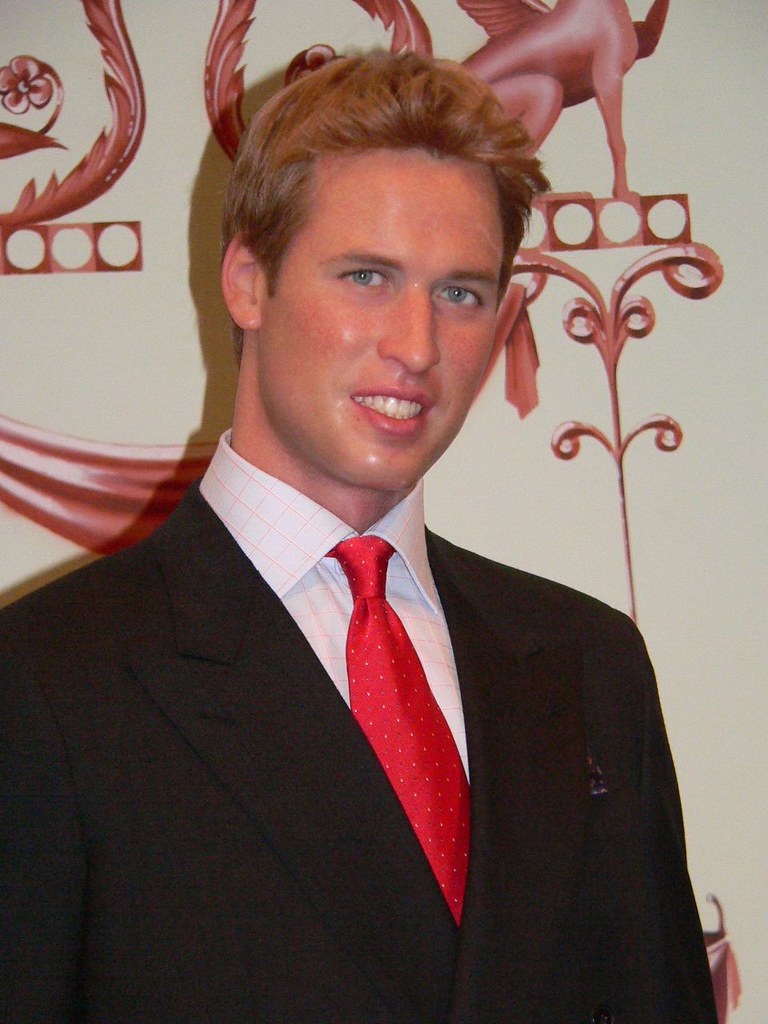
12. A United Front: The Enduring Partnership with Prince William
The enduring partnership between Catherine, Princess of Wales, and Prince William stands as a powerful testament to stability and unity, serving as a cornerstone for the future of the Royal Family. Their relationship, forged during their university years, has been characterized by mutual support and a shared commitment to duty, which has been particularly evident during periods of significant personal and public challenge. Their ability to present a cohesive front reinforces public confidence in the monarchy.
This unwavering stability was notably highlighted in an official portrait from the state banquet for President Donald Trump, where Prince William and Princess Kate were described as displaying “powerful ‘stability’.” This visual representation of their united presence underscores their collective strength in fulfilling royal obligations. William’s recent reflections on the “hardest” year of his life, a period marked by his father’s cancer diagnosis and Catherine’s own health journey, implicitly speak to the profound mutual support that underpins their partnership, navigating adversity together.
Their collaborative approach extends across all facets of their public and private lives, from spearheading joint initiatives like “Heads Together” and the “vital plans to keep children safe,” to raising their three children. The context frequently showcases their joint appearances, whether attending state banquets, visiting schools, or engaging with charitable organisations. These shared endeavours consistently project an image of a couple working in tandem, each complementing the other’s strengths and responsibilities.
Ultimately, the consistent display of stability and a united front by the Prince and Princess of Wales offers a compelling blueprint for the monarchy’s future. In an increasingly scrutinised public sphere, their strong partnership provides a reassuring foundation, demonstrating how a modern royal couple can balance personal resilience, family life, and dedicated public service. Their shared vision and unwavering support for each other are integral to shaping a resilient and relevant Royal Family for generations to come.
From quietly shaping the upbringing of the next generation to confidently engaging in high-stakes diplomacy and strategically navigating the delicate balance of tradition and modernity, Catherine, Princess of Wales, is undeniably a transformative force within the British monarchy. Her journey, marked by personal resilience, intellectual depth, and a steadfast partnership with Prince William, paints a vivid picture of a future-proof institution. She is not merely adhering to inherited roles but is actively co-creating a blueprint for a Royal Family that is both deeply rooted in its history and dynamically responsive to the contemporary world, ensuring its enduring appeal and relevance for decades to come.



